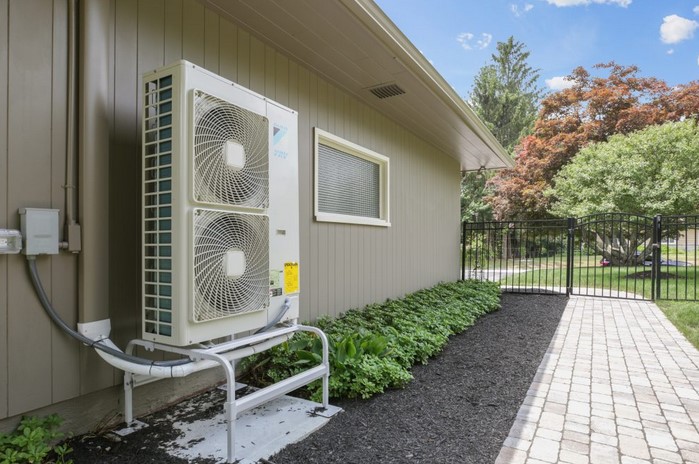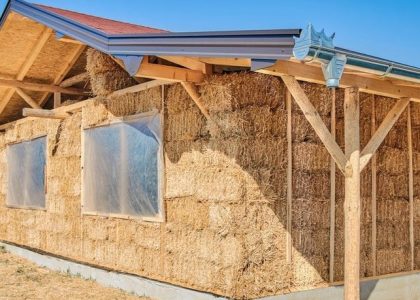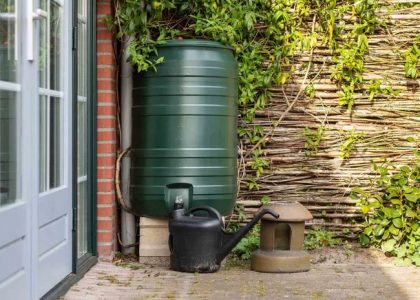
As temperatures drop, homeowners often face the challenge of balancing comfort with energy consumption. Traditional heating systems can be costly and inefficient, resulting in higher utility bills and a larger environmental footprint. However, energy-efficient home heating solutions can provide the perfect balance between warmth, savings, and sustainability. In this article, we will explore practical tips and innovative methods to help you create a cozy, energy-efficient home that reduces your heating costs and environmental impact.
1. Understanding Energy-Efficient Home Heating
Energy-efficient home heating refers to the use of systems and practices that minimize energy waste while effectively maintaining a comfortable indoor temperature. The goal is not only to reduce energy consumption but also to create a home that is naturally conducive to warmth. This involves both choosing the right heating systems and optimizing how heat is distributed throughout your home.
Key Components of Energy-Efficient Heating
The most important factor in energy-efficient home heating is the type of heating system you use. Whether you’re considering a new installation or upgrading your current system, there are several options to explore:
- Heat Pumps: Heat pumps are one of the most energy-efficient heating solutions available. They work by transferring heat from the outside air or ground into your home, requiring much less energy than traditional electric or gas heating systems. Modern heat pumps are highly efficient even in colder climates, making them a great option for year-round comfort.
- High-Efficiency Furnaces: If you have a gas furnace, upgrading to a high-efficiency model can significantly reduce energy consumption. These furnaces are designed to extract more heat from the fuel, allowing them to provide the same level of warmth while using less energy.
- Radiant Floor Heating: This system uses warm water or electric cables installed beneath the floor to heat a room. It is considered more energy-efficient than traditional radiators because it heats people and objects directly, rather than the air, creating a more even and comfortable warmth.
- Electric Heaters: While generally less energy-efficient than heat pumps or high-efficiency furnaces, certain electric heaters, such as those equipped with timers or smart thermostats, can provide targeted heat in specific areas of the home without wasting energy.
2. Improving Insulation and Airflow
Even the best energy-efficient home heating systems won’t perform at their best if your home is not properly insulated. Proper insulation helps retain heat within your home, reducing the need for continuous heating and preventing energy loss. Alongside insulation, ensuring proper airflow and ventilation is crucial for maintaining optimal temperatures.
Proper Insulation
Insulation is key to keeping the warmth inside your home. Insulating your walls, attic, and floors can reduce the amount of heat that escapes and prevent cold air from infiltrating your space. Here are some areas to focus on:
- Attic Insulation: Heat naturally rises, and if your attic isn’t properly insulated, a significant amount of heat will escape through the roof. Insulating the attic will prevent this heat loss and help keep your home warm without straining your heating system.
- Wall and Floor Insulation: Adding insulation to your walls and floors is another effective way to minimize heat loss. Foam board or fiberglass batt insulation can help create a thermal barrier that keeps the cold air out and the warm air in.
- Window Insulation: Windows are a common source of heat loss. If replacing windows is not in your budget, consider using window films, storm windows, or heavy curtains to improve insulation. These options can significantly reduce heat transfer while still allowing natural light to enter.
Enhancing Airflow
Proper airflow ensures that heated air is evenly distributed throughout your home, preventing cold spots and inefficient heating. To improve airflow:
- Install Ceiling Fans: While fans are often associated with cooling, running them in reverse during the winter can help circulate warm air from the ceiling down to the living space, making your heating system more efficient.
- Use Programmable Thermostats: Installing a smart or programmable thermostat allows you to control the temperature of your home with precision. By scheduling heating to turn on only when needed, you can avoid wasting energy and maintain a comfortable environment.
- Seal Air Leaks: Drafts can undermine your heating efforts. Inspect doors, windows, and other openings for air leaks and seal them with weatherstripping or caulking to prevent heat from escaping.
3. Sustainable Heating Practices for Homeowners
In addition to upgrading your heating system and improving insulation, there are several sustainable practices you can incorporate into your daily routine to further enhance energy-efficient home heating. These practices focus on using less energy without compromising comfort.
Utilize Passive Solar Heating
Passive solar heating takes advantage of natural sunlight to help warm your home. By positioning windows in the right places and using materials that absorb and retain heat, you can maximize solar gains throughout the day. South-facing windows are particularly effective in northern climates, as they capture sunlight and heat during the colder months.
- Design Tip: Consider installing thermal mass materials like concrete, stone, or brick in areas that receive sunlight. These materials absorb heat during the day and slowly release it at night, helping to maintain a consistent indoor temperature.
Maintain Your Heating System
Regular maintenance of your heating system ensures that it operates at peak efficiency. For furnaces, this might involve changing filters regularly, cleaning ducts, and scheduling annual inspections. For heat pumps, ensure that the outdoor unit is clear of debris and the coils are clean.
- Pro Tip: Regularly change air filters in your heating system. Dirty filters restrict airflow, causing your system to work harder and consume more energy to maintain the desired temperature.
Wear Warm Clothing and Layer Up
One of the simplest ways to reduce heating demands is by dressing warmly indoors. Wearing cozy sweaters, socks, and blankets can help you stay comfortable at lower temperatures. In addition, consider using a space heater for localized warmth in areas where you spend the most time, such as the living room or bedroom.
- Pro Tip: Layering clothing and using blankets can help you keep the thermostat lower, saving energy while still remaining warm and cozy.
Incorporating energy-efficient home heating solutions into your living space not only helps reduce your energy consumption but also contributes to a more sustainable lifestyle. From choosing the right heating system, improving insulation, and optimizing airflow, to implementing sustainable practices such as passive solar heating, there are numerous ways to create a warm, comfortable, and energy-efficient home. By making these changes, you can enjoy a cozy atmosphere during the winter months while minimizing your energy costs and environmental impact. Whether you’re building a new home or looking to upgrade your existing one, the steps outlined here will help you create a home that stays warm, sustainable, and energy-efficient all year long.




